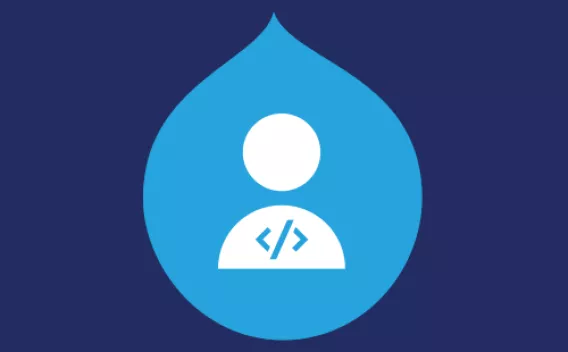Automating Error Detection with Git Bisect Run
- Last updated
- 1 minute read
Goal
Learn how to streamline the bug identification process within your codebase by automating Git bisect using custom scripts.
Overview
This tutorial illustrates how to utilize git bisect run to automate the detection of problematic commits in your development workflow. By passing a custom script to the command, Git will autonomously test each commit and classify it as "good" or "bad," thus saving time and enhancing the consistency and integration of your testing process. We will also cover specific use cases through simple scripting examples and address operational limitations on platforms like Acquia Cloud.
Enhanced Git Bisect with Automation
In addition to manually using Git bisect, developers can leverage the git bisect run command to automate the error detection process. This is highly beneficial when repetitive steps are needed to identify the problematic commit.
Using git bisect run, you can pass a script or command that Git will execute for each commit being tested. If the command exits with a status of 0 (no errors), Git will mark the commit as "good"; if it exits with a status other than 0 (indicating an error), Git will mark the commit as "bad".
Benefits of Using Git Bisect Run
- Time Saving: Automates the testing process, thereby reducing the manual effort needed.
- Consistency: Ensures the same test is run every time, increasing the reliability of the results.
- Integration: Can easily incorporate existing test suites or commands for bug detection.
Example Use Cases with Scripts
- Drush Command: For Drupal sites, a Drush command might be used to check the status or run updates that could trigger errors when the site's code is in a bad state.
- CURL Command: Using curl, you might hit a specific URL that could return an error response if the site's code does not perform as expected.
How to Automate Bisect with a Script
- Prepare the Script: Write a script that tests for the bug. This script should exit with status 0 if everything passes or non-zero if it encounters the bug.
- Start Bisecting: On your local system, use git bisect start.
- Mark Known Commits: Mark known good and bad commits using git bisect good [hash] and git bisect bad [hash].
- Run the Bisect Command: Execute git bisect run [your-test-script.sh]. Git will automatically check out commits and run your test script on each one.
- Identify the Culprit: Git will continue running the script until it isolates the commit that introduced the bug.
Simple Script Example
Here is a basic example of a script that uses Drush to check the status and look for a known error message:
#!/bin/bash
# check_status.sh
# Exit with status 0 if no error is found, non-zero otherwise.
# Run a drush status command or similar
# Replace 'error_message' with the known error you're looking for
if drush status | grep -q 'error_message'; then
# Found the error message - so mark this as 'bad'
exit 1
else
# No error message found - mark this as 'good'
exit 0
fi
Here is an example script using cURL:
#!/bin/bash
# check_site.sh
# Exit with status 0 if the local website is running as expected, non-zero if an error is encountered.
# Define the URL of the local website to be tested.
local_website="http://localhost"
# Use curl to make a request to the local website.
# Replace "expected_content" with the content that you expect to be present in the website's response when it is working correctly.
if curl --silent --fail "$local_website" | grep -q 'expected_content'; then
# Expected content found - the website is running correctly, mark this as 'good'.
exit 0
else
# Expected content not found - there's a problem with the website, mark this as 'bad'.
exit 1
fi
Warning: Acquia Cloud Platform Limitations
Acquia Cloud users, please note: All instances of Git bisect, including those that use git bisect run, must be performed in your local environment. The Acquia Cloud Platform infrastructure does not allow direct execution of Git commands on server environments, thus ensuring stable and secure operational standards for all customers.
After locally identifying and fixing the issue:
- Commit your changes to your local repository.
- Push the fixed code to your Acquia Cloud repository.
- Deploy the update using your usual processes, whether through the Acquia Cloud UI or automated deployment workflows.
Conclusion
By combining the computational strength of git bisect run with custom scripts, developers can automate the bug-hunting process, resulting in a more effective and less labor-intensive debugging workflow. Just remember to respect platform limitations like those of Acquia Cloud and limit such operations to your local environments to maintain the integrity of your live sites.






